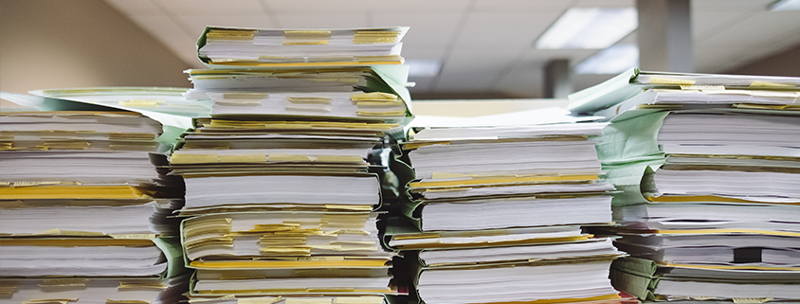Corporate treasury departments responsible for managing transactions and credit facilities with banks and insurance providers are facing a raft of challenges, which the past two years have put into ever-sharper focus.
Many treasurers still use manual complex workflows that typically involve multiple systems and points of contact, especially for managing and optimising credit lines and instruments like bank guarantees, letters of credit (LCs) and standby letters of credit (SBLCs) across multiple banks. That’s a serious issue as it is taking time away from identifying new opportunities, improving counterparty relationships and staying compliant with regulatory stipulations.
Fortunately, there are tools and techniques that treasurers can put in place to overcome this challenge; to streamline their workflows and communications with their banks, both direct and correspondent, to optimise their credit line utilisation, transaction management, and to leverage the advancing digitisation of banks and insurance providers.
How going digital can work for corporates
Leading banks are today focused on adopting advanced technologies in order to digitalise their communications processes. From advance payment guarantee to performance bonds, this simplification and streamlining has allowed treasury networks to adopt more frictionless processes. Banks have been successful in removing much of the manual burden of reconciliation and steps have been taken on the road towards more paperless trade finance procedures.
There is still a long way to go, however. To date, only a small number of corporates are making use of efficient, automated solutions to manage their credit lines and banking partner relationships. In industry and commerce, there is little improvement in handling documentation – and manual processes often hold sway. In international trade finance, documents and paper guarantees are frequently lost or mislaid and they are also frequently prone to forgery and fraud, especially with letters of credit. Typically, they will need to be safely stored and manually reconciled – a process that
has long been burdensome but exacerbated further by the constraints of the pandemic, during which handling and distribution of documentation has become an especially acute problem.
Route map to digital
So what is needed to help large corporates and their treasury departments to move to digital for their trade documentation processes, including transactions and credit facilities? Many today remain reluctant to adopt digital because they frequently require costly integrations that don’t always offer a clear benefit.
It is therefore imperative that providers deliver user-friendly solutions that simplify integration and are able to connect with an extensive network of banks to ensure credit facilities, transactions and bank guarantees stay current. And it is equally key that treasury departments, especially those within large multinational corporations, can manage and edit letters of credit, bank guarantees and electronic presentations from a single interface.
Delivering on core goals of transparency and control
With more and more digital solutions being adopted by banks globally and better interoperability between these solutions, it is much easier for corporates to communicate with all the banks and finally make a decisive step away from antiquated paper processes and multiple communication channels.
We are at the dawn of a new age in trade digitisation. Adopting multi-banking trade finance solutions today enables treasuries to remotely manage and optimise letters of credit, bank guarantees and credit line relationships with banks. It is bringing an ease and efficiency that is now an urgent necessity.
The technological landscape for trade and treasuries has propelled forward, helping digitise key paper documents, reconcile transactions in one place and build open communications channels with financial institutions. For today’s treasury departments, many of which are still wedded to paper and complex manual processes, the message is stark, if you want to build an efficient trade finance process, digitisation is not merely an option but an urgent imperative.
